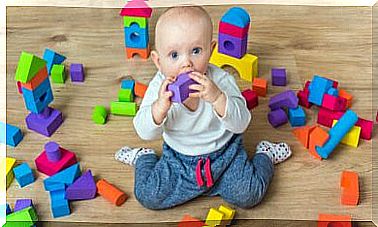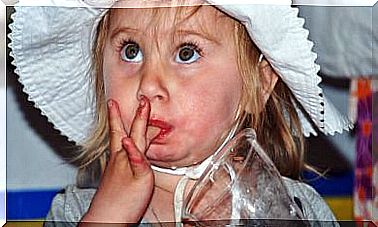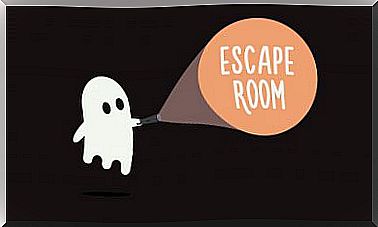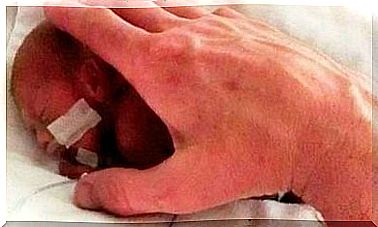Self-harm In Adolescents, What Is Behind It?
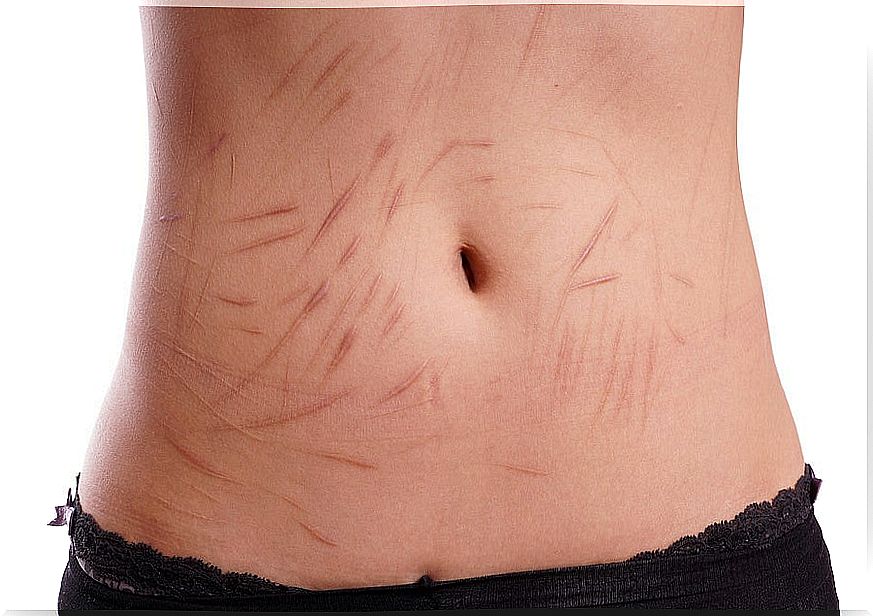
If your child has frequent cuts, bruises, burns or wounds; you better pay attention. Self-harm in teens is a way of yelling for help.
Technically, this behavior is called non-suicidal self-harm. Until very recently, the Diagnostic and Statistical Manual of Mental Disorders (DSM) considered it as a symptom more associated with a mental disorder.
Nowadays, when its symptoms are already treated separately, it begins to alarm how the incidence of this problem has risen. In the last 30 years, cases have multiplied around the world.
The age at which self-harm begins in adolescents is between 12 and 16 years; Likewise, it seems that up to 63% of young people continue to do so one year later. This makes it clear that there is a large population of young people caught up in this behavior.
Girls opt more for injuries that show blood, such as scratches or cuts; while men are usually treated for blows and burns. The funny thing is that, although women are more prone to these behaviors, the difference with men has narrowed considerably.
In a study carried out by the Department of Clinical and Health Psychology of the University of Madrid, they concluded that 22% of European adolescents have self-injured without suicidal intentions at least once in their life. In addition, they came to the conclusion that 8% do it on a recurring basis.
Self-harm in adolescents: Why do they do it?
To be clear, we could say that self-harm is a kind of drug, an anxiolytic more powerful than any that exists on the market; For young people, this “helps” them regulate their emotions.
When fear, anger, sadness and rage appear on a recurring basis and they do not know how to handle them, they prefer to cause themselves physical pain that makes them forget about emotional pain. It is an avoidance mechanism, through which they release tension and diminish those negative feelings.
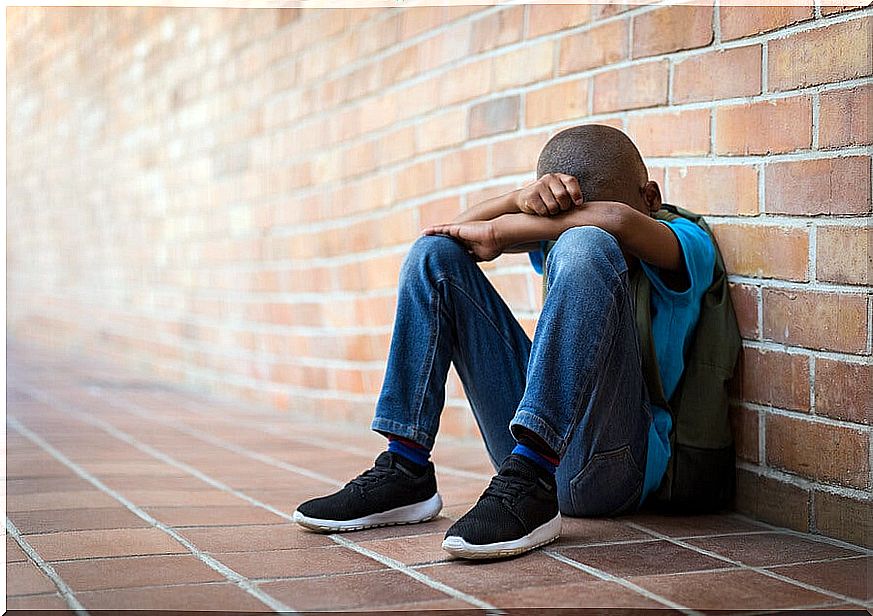
It must be made clear that these actions are not impulsive at all, quite the opposite. They plan it, wait to be alone, and enjoy their little ritual of blades, cigarettes, and sharps.
As in other addictions, young people experience a false sense of peace immediately after self-harm ; it is as if they had taken a dose of some immediate action drug. The problem comes when, minutes later, the anxiety returns, added to the feeling of guilt.
Although it is true that none of them want to commit suicide, it is important to make it clear that it multiplies the possibilities of trying it in the future. Parental intervention is more than necessary in these cases.
It has a solution?
Self-harm in adolescents is a disorder that requires psychological treatment, that is definitive. They must come to understand that self-harm does not solve anything; on the contrary, it adds more problems to their lives.
We must know what this behavior hides — depression, anxiety, eating disorders — and where it comes from. It is the only way to deal with them. In many therapies they focus their efforts on teaching them other emotional regulation techniques. These can range from intense physical exercise, ice-cold showers, or even letting them scream and hitting cushions.
There are organizations such as the International Self-Injury Society, with a presence in 7 countries, which helps and guides in these cases through therapies, guides and resources for both patients and families.
It must be understood that self-harm in adolescents is a strong wake-up call; Asking them why they do it will only fill them with more anxiety. They need all of your understanding and empathy.
A fashion with many followers
This self-sabotage has become a fashion with its own name: cutting. You can even find tips on the internet about how to do it. On Instagram, photos and videos of young people proudly showing off their injuries have no censorship filter; they are available to anyone who wants to see them.
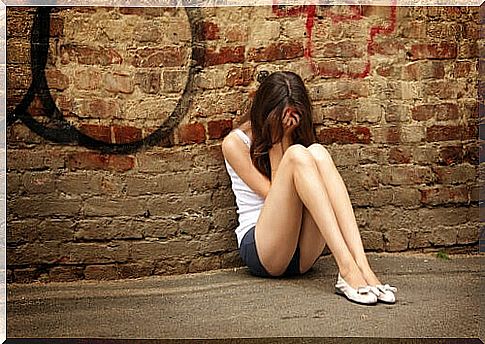
Many of those young people do it for fun. What they want is to secrete a little more adrenaline and complete the latest viral challenge with a hashtag in between.
However, we should not minimize any red flags; Although most do not have any personality disorder, they do face problems of low self-esteem, inability to live healthy relationships and very poor emotional intelligence.
The impact of self-harm on adolescents has been such that recently a leading television network launched the series Open Wounds , starring Amy Adams, and in which this topic is explicitly addressed. Both these types of resources and the essential help of a professional can help you solve this issue together with your child.


